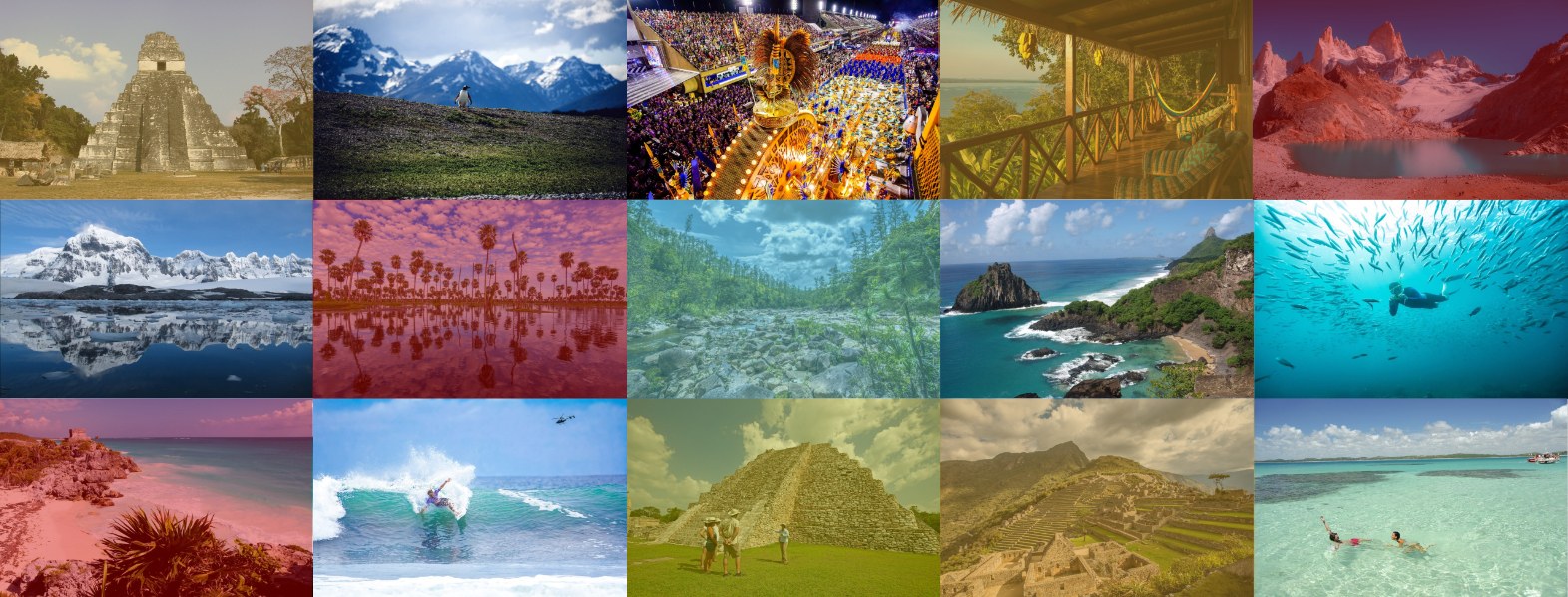I was more surprised to see a family of these beasts walking beside an urban pond near Belo Horizonte in Brazil. Native to South America, the World’s largest rodent is about the size of a Labrador. Common to wetlands of the Pantanal, Orinoco and Amazon, they are semi-aquatic and have slightly webbed feet to aid swimming. They have reddish fur, no tail with long hind legs and love rolling in mud to act as a natural sunscreen. Capybaras are vegetarians and spend most of the day chewing on grasses and bark or reeds in the wet season. They can have a life span of 8–10 years in the wild but average a life less than four years as they are a favourite food of jaguar, puma, ocelot, eagle and caiman and anaconda. Capybara are farmed for meat and skins in South America. It is thought that capybara were declared by Papal Bull to be fish so they may be eaten during Lent, though the meat looks like pork. Because of this belief, poaching increases during the period right before Easter. They are gregarious creatures and often found in groups up to 50 individuals.
RELATED: Wildlife spotlight on the Andean condor
Like what you read in this blog? Talk to our travel expert to plan your dream trip to South America
Send message

